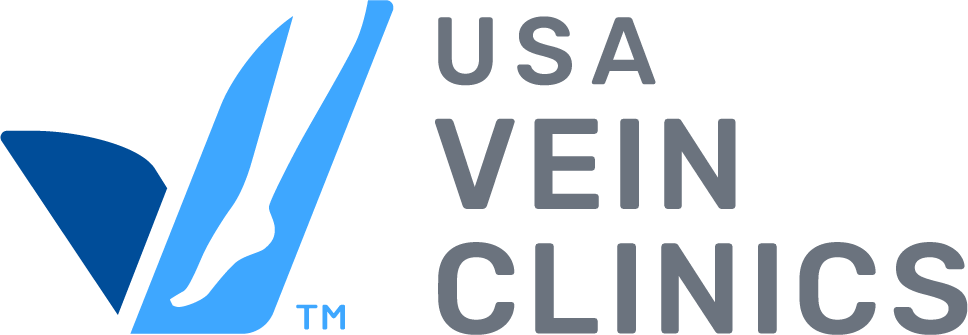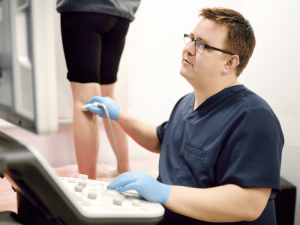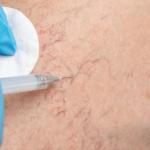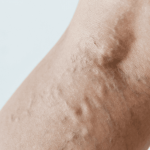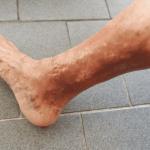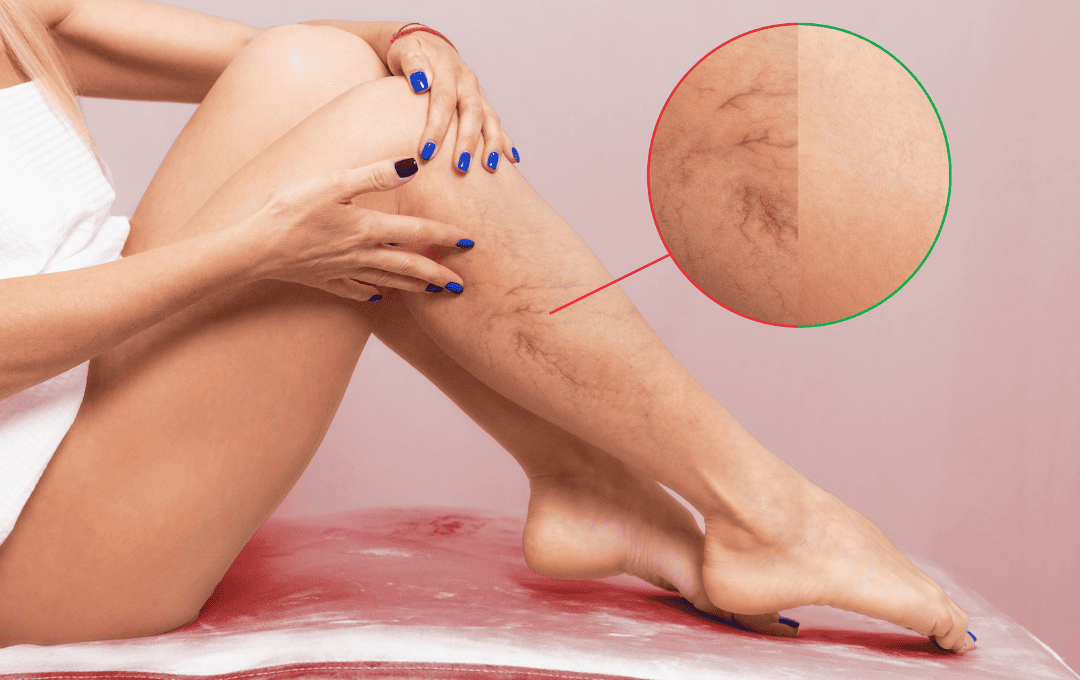
Vein disease, also known as venous insufficiency, affects millions of Americans each year. It occurs when the veins in your legs are unable to circulate blood back to the heart effectively, often due to weakened vein walls or malfunctioning valves. Over time, this can lead to uncomfortable symptoms and serious health complications if left untreated. Understanding the different types of vein disease is the first step toward seeking the right care.
Several factors can contribute to the development of vein disease, including genetics, prolonged standing or sitting, aging, and obesity. Understanding these risk factors allows you to take proactive steps to support your vein health, such as staying active, maintaining a healthy weight, and scheduling regular vein screenings. Identifying risks early empowers you to seek timely care before complications arise.
Common Types of Vein Disease
1. Varicose Veins
Varicose veins are enlarged, twisted veins that often appear blue or purple beneath the skin. They develop when vein valves become weakened, allowing blood to pool instead of flowing upward toward the heart.
-
Symptoms: Leg pain, swelling, heaviness, throbbing, or itching.
-
Risks: If untreated, varicose veins can progress to more serious conditions, including venous ulcers.
2. Spider Veins
Spider veins are smaller, web-like networks of red, blue, or purple veins visible just beneath the skin’s surface. While often considered cosmetic, they can also indicate underlying vein disease.
-
Symptoms: Burning, itching, or mild discomfort.
-
Risks: Though less severe than varicose veins, spider veins may worsen over time and point to vein valve dysfunction.
3. Chronic Venous Insufficiency (CVI)
CVI is a progressive condition where blood consistently fails to circulate properly in the leg veins. It’s often caused by varicose veins or deep vein problems.
-
Symptoms: Swelling, cramping, skin discoloration, heaviness, or leg ulcers.
-
Risks: Long-term CVI can lead to serious complications such as non-healing wounds or infections.
4. Deep Vein Thrombosis (DVT)
DVT occurs when a blood clot forms in a deep vein, usually in the leg. This condition is a medical emergency and requires immediate attention.
-
Symptoms: Sudden leg swelling, warmth, redness, or pain.
-
Risks: If a clot breaks free, it can travel to the lungs and cause a life-threatening pulmonary embolism.
5. Leg Ulcers (Venous Ulcers)
Venous ulcers are open sores that develop when advanced vein disease restricts proper circulation. They are usually slow to heal and can be very painful.
-
Symptoms: Non-healing wounds, skin changes, or leaking fluid around the ankles.
-
Risks: Without treatment, venous ulcers can result in chronic infections and significant mobility challenges.
Why Early Vein Disease Diagnosis Matters
Early detection is key when it comes to managing vein disease effectively. What starts as mild swelling, aching, or a few visible veins can quickly develop into more serious vein disease complications, such as varicose veins, chronic venous insufficiency (CVI), or even blood clots if left untreated. By seeking a professional diagnosis at the first signs of vein disease, you can take control of your vein health, reduce the risk of complications, and improve your overall well-being.
Early intervention also opens the door to minimally invasive treatment options that are faster, safer, and require little to no downtime. Treatments are most effective when vein disease is caught early, preventing further damage and restoring healthy circulation. Don’t wait for your symptoms to worsen — scheduling a vein consultation now can help protect your vein health and keep your legs looking and feeling their best.
Treatment Options at USA Vein Clinics
At USA Vein Clinics, we specialize in minimally invasive, non-surgical vein treatments performed in under an hour with little to no downtime. From varicose veins to chronic venous insufficiency, our board-certified specialists use advanced procedures such as Endovenous Laser Therapy (EVLT) to treat the root cause of vein disease.
Take the Next Step
If you’re experiencing leg pain, swelling, or visible veins, don’t ignore the signs. Vein disease is progressive, but the good news is that effective treatment is available with a vein specialist.
Contact USA Vein Clinics today to schedule your vein consultation and take the first step toward finding a treatment that works.
